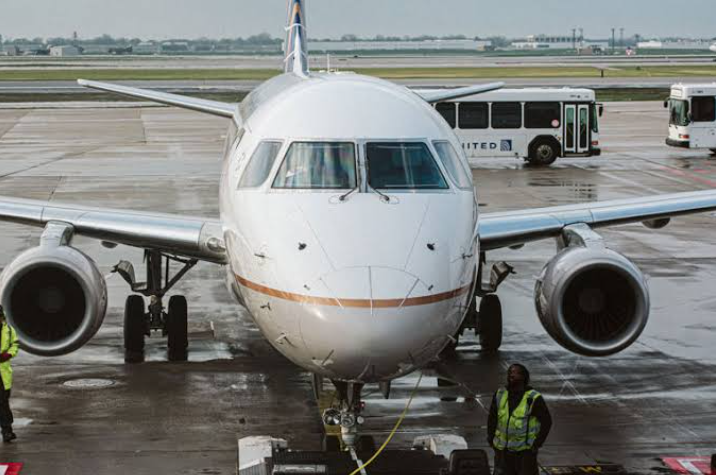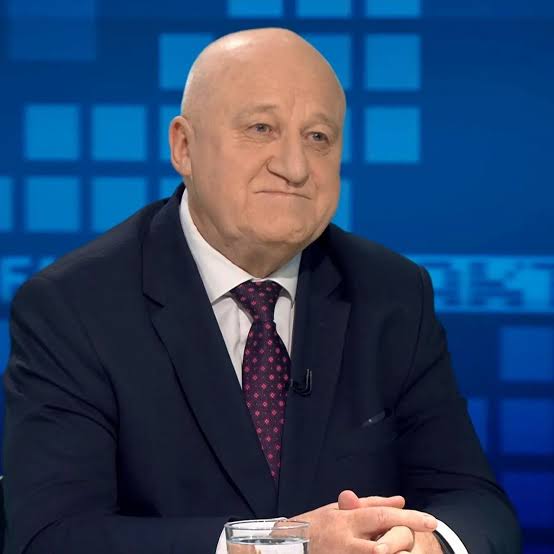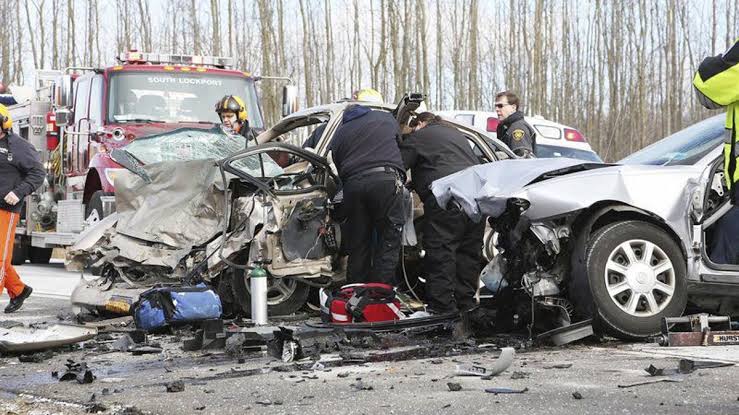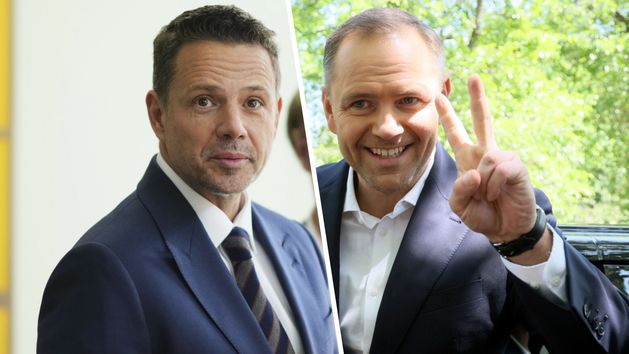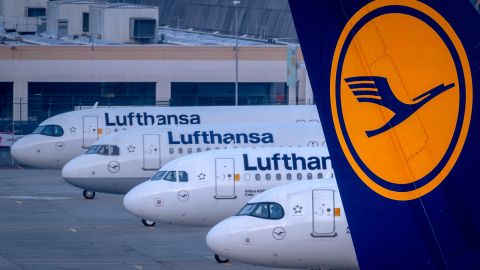United Airlines temporarily turned Starlink Wi-Fi off on planes. Here’s why.
In an unexpected move, United Airlines has temporarily shut off Starlink Wi-Fi service on a subset of its regional aircraft after pilots reported unusual interference affecting cockpit radio communications. The decision, which affects about two dozen Embraer E175 jets, came after multiple flight crews experienced static noise while using VHF radios to communicate with air traffic control.
The problem, which reportedly surfaced after recent installations of Starlink’s satellite internet system, prompted immediate concern over potential safety implications. While there have been no reported incidents or emergencies, the interference — which consistently occurred shortly after radio transmissions — raised red flags.
“Safety is our number one priority,” a United spokesperson said. “We’re working closely with Starlink and regulatory partners to address the issue. A solution has already been identified and is being implemented.”
According to early findings, electromagnetic interference from the Starlink antenna system may be the cause. While Starlink’s technology brings high-speed, low-latency internet to passengers, aircraft environments require strict electromagnetic compatibility due to the sensitive nature of avionics.
Technicians are currently modifying affected aircraft to reduce or eliminate radio overlap. About one-third of the planes have been updated and re-enabled for service, with the rest expected to be completed in the coming weeks.
This pause does not impact United’s mainline fleet or larger aircraft using different Wi-Fi systems. Passengers flying on the impacted jets may experience slower speeds or limited connectivity, but the airline emphasized that passenger safety and crew communications take precedence.
The interference reportedly began occurring shortly after Starlink systems were activated on the aircraft. Engineers quickly traced a correlation between Wi-Fi system activity and post-transmission static, prompting United to err on the side of caution.
Although no emergency situations or loss of communication occurred, aviation protocols demand zero tolerance for interference with essential cockpit systems. VHF radios are considered lifelines for pilots, particularly during takeoff, landing, and while navigating crowded airspace.
United stated that modifications are already underway, including shielding and antenna adjustments to mitigate electromagnetic overlap. The airline confirmed that roughly one-third of the affected aircraft have been updated and cleared to resume Starlink service.
Passengers on affected flights may notice slower or more limited in-flight internet service temporarily. However, United emphasized its commitment to safety first, noting that the suspension of Starlink is a precautionary step while permanent technical solutions are implemented.
